All my life I have visited sacred sites when I could, and I have been lucky enough to visit many. Whether ancient church, temple, stone circle or legendary landscape, there is something about these sites that touches a place deep within. Perhaps it is a sense of kinship with those who built them, perhaps a sense of shared reverence for that greater Something touched unseen beyond the veil.
It has never mattered to me how that divinity was approached or what form it took, only that it was perceived, recognised by the heart and present in the lives of the builders. They, and I, share perhaps, a common sentiment, expressed in my favourite Hindu prayer, “Thou art without form, but I worship thee in these forms”. In these often strange, yet somehow familiar, edifices and landscapes we can glimpse the very real place that divinity took in the lives of our forefathers.
Theories on the technologies and purpose of these places abound. Yet have you ever stopped to consider the amount of sheer hard work that went into their building? Silbury Hill, for instance. It has been estimated that it would have taken 500 people, working every day for 10 years to construct the hill from 500,000 tonnes of chalk and earth. Stonehenge with its small forest of stone, in excess of 1200 tons… and the bluestones transported all the way from Wales.
I have driven from Presceli where the bluestones were quarried to Salisbury Plain. Even in a fast car on a clear road you are looking at a four hour drive. And four and a half thousand years ago there were no nice smooth roads. I worked in transport for a long time with cranes and often had to organise the transport and installation of large sculptures. Even with modern technology it is no easy task. Can you imagine what was involved in terms of sheer effort for our ancestors to move these great stones so far?
Wonderful churches and cathedrals sit in the midst of our towns, passed daily with barely a glance by many of us, yet these edifices are a testimony to ingenuity, innovation and craftsmanship, lifetimes of artistry and work. Here at least we can understand in modern terms how an artist would work for a living, yet those who built the ancient places … what drove them to do so? Would they not have been better occupied pursuing the necessities of survival?
They appear not to have thought so. Someone must have fed them, cared for their children, their parents and for them, so in the harsh and uncertain environment in which they lived, not only the workers themselves were involved in the effort, but whole communities must have supported it and taken part, each sacrificing time and sharing resources to maintain the workforce.
These ancient places, sacred to their builders, speak of humanity. Perhaps the planners, the decision makers, saw power in the building… that too is a human trait… yet to be able to envision such great works, to organise and coordinate, to maintain a workforce and create these wonders of which we see but the remnants, would have taken powerful leadership. It is not as if the tribes were equipped with the weaponry to enforce and impose these projects so many thousands of years ago.
So what drove them? We cannot know for certain, of course, with the ancient places. No record exists except the enigmatic traces on the landscape. Yet the human heart and mind has not changed so very much perhaps that we cannot divine a recognisable thread.
With the great cathedrals, of course, the wealth and power of the church was displayed. Religion dominated every aspect of life and was a very real force for peasant and noble alike. They took it seriously, awed, fearful of judgement perhaps, loving too and worshipping from the heart. In medieval times the physical and political power of wealth and weaponry could have imposed, the organised power of a multinational religion would have been able to ensure that such works were completed. Yet they could not have imposed the obvious and loving dedication of the artists and artisans who created the beauty that survives.
Amid the simplicity of domestic architecture and the poverty of the cities, amid the homes we would see as hovels, the cathedrals were built, reaching high to the heavens, magnificent structures of lace carved in stone, towering above the surrounding rooftops to the glory of their God.
I can only think that the ancient places too were built for much the same reasons.
Was it simply an effort to propitiate the gods and ensure survival? Yet if so, would the tribes not have been more profitably occupied in smaller works and greater effort hunting, farming and working in known ways to survive? I think there was more to it than that. These places, when we stand among their traces, are so vast, entire landscapes shaped and altered by human effort, sweat and blood, that the only reason I can feel is awe at their perception of something greater and their efforts to somehow reach out to it and bring it into their own life and land.
When I stand in the nave of a tiny chapel, a lonely temple on the moors or amid the splendour of a cathedral, when my bare feet walk the grass between the stones and landscapes carved by human hands, I marvel at their skill and dedication. Yet beyond and beneath the awe at the human achievement is a sense of companionship on a sacred quest, a journey of the soul towards a Light perceived, however dimly, that pervades and illuminates the world and each of us.
It matters not how that Light is seen, what Name we use or the stories we have woven in our attempts at understanding. It matters only that It is, and that seeing It, we look for It within. The sacred landscape that is our self is enough.
Originally published on Daily Echo 2013
As Solstice approaches, we are currently exploring the sacred landscape around Avebury on our Mountains of the Sun weekend. It seemed appropriate to repost this particular article.

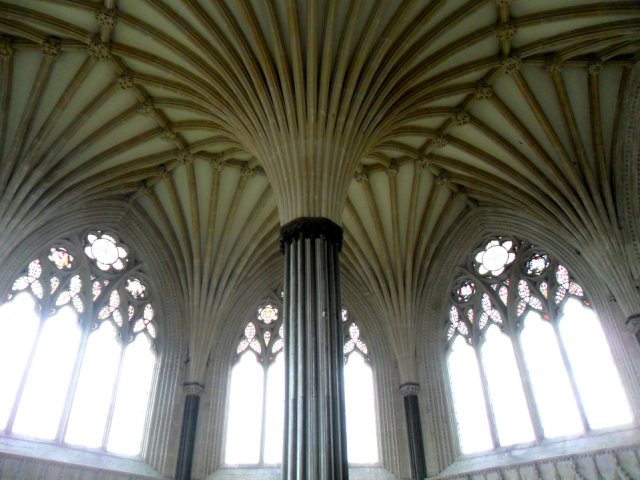
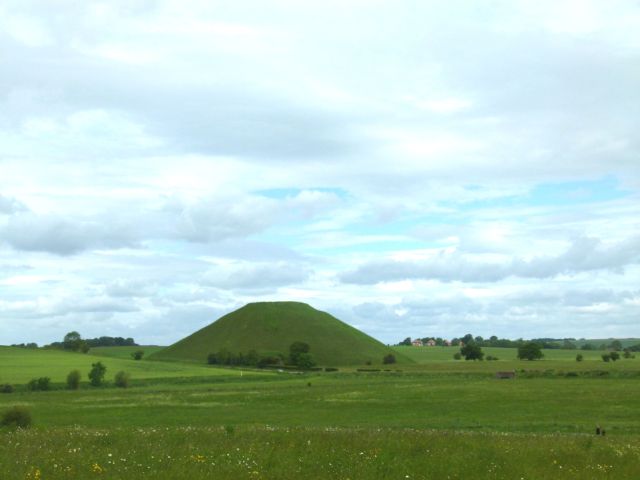
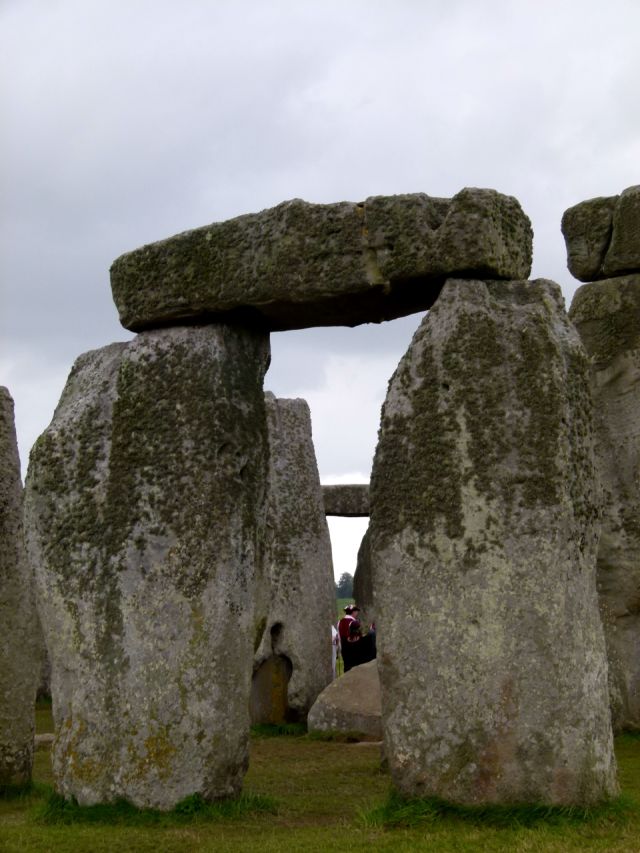
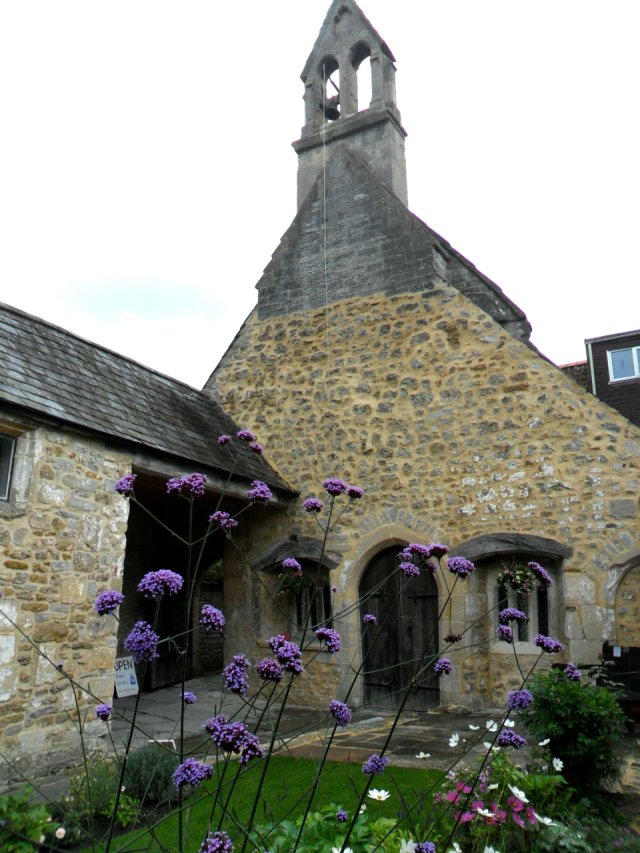
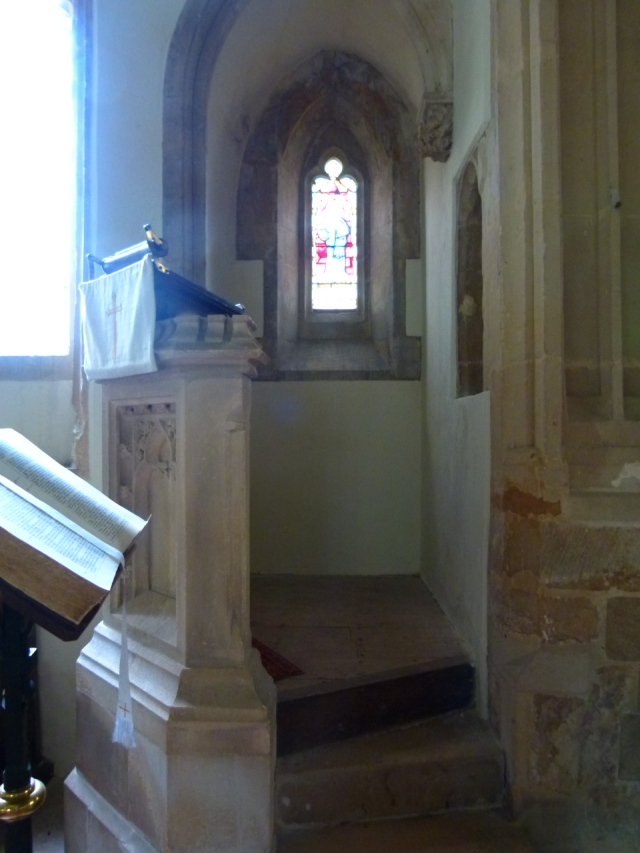
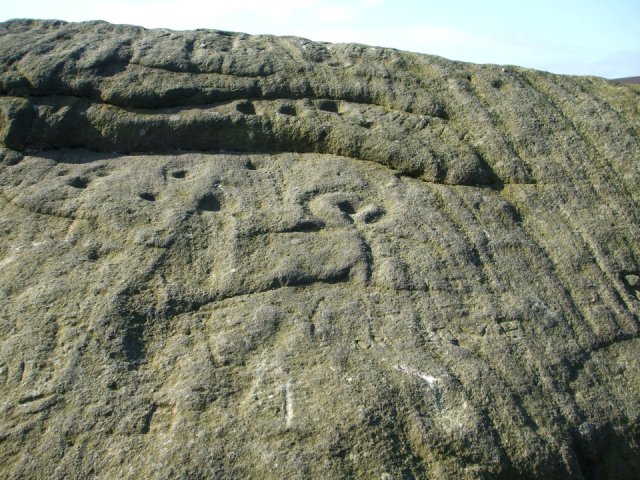
Very inspiring. Hugs.
Thanks, Teagan.
Reblogged this on Anita & Jaye Dawes.
Thank you for sharing 🙂
Thanks for the guided tour of these most holy of sights, and the illuminating discourse into how divinity shaped this sacred architecture.
It is my pleasure to share them with you.